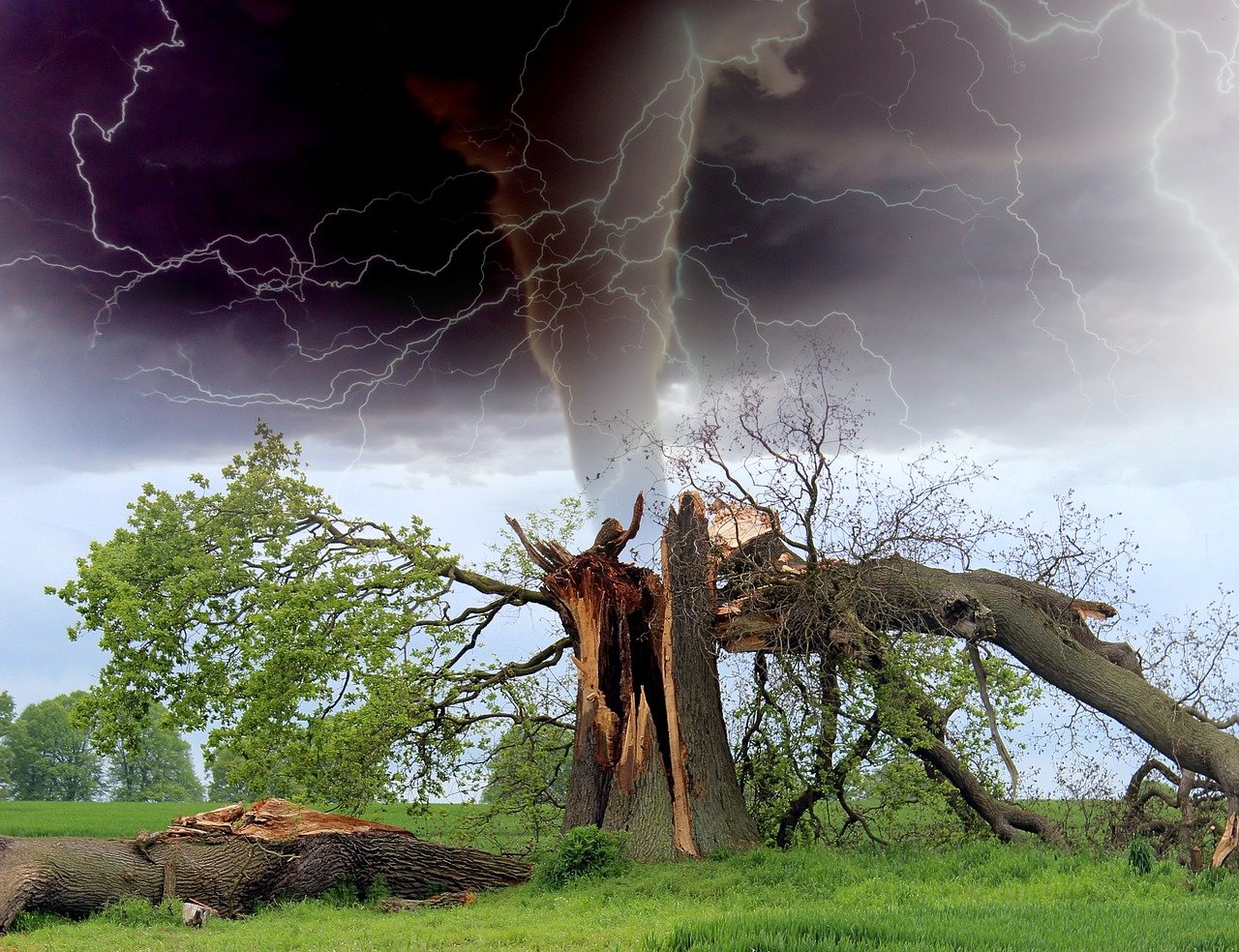Table of Contents
A storm is a general term that is frequently used to represent a wide range of atmospheric disturbances, from common rain and snowstorms to thunderstorms, wind, and disturbances associated with the wind, like gales, tornadoes, tropical cyclones, and sandstorms.
Nobody wants their property to be damaged by a storm, but Mother Earth has a way of showing us how superior she is. Because of this, Storm Cleanup and Debris Removal in Denver | EZ Junk Removal is the place to go for expert advice on storm damage.
We’ll look at the most common types of storm damage in this post.
Common Types Of Storm Damage includes:
Water damage
When it rains heavily, the granules on the shingle surfaces might be damaged. Heavy rains during a storm knock these granules off, especially if the roof is getting older. Mold and mildew are frequently caused by trapped moisture, both of which can have serious health consequences. These granules then stream into the gutters, where they collide with other debris like sticks and leaves. During the scorching summer, these granules aid in reflecting sunlight away from the roof.
Wind damage
Additionally, strong winds can harm shingles. The edges of loose shingles are caught by the wind, which causes them to be pulled up or torn off. Tree limbs are also knocked down by strong winds. The best defense against wind damage is an annual roof inspection. An inspection will reveal any loose or damaged shingles you have, giving you time to fix the problem before the next storm. Additionally, keep any tree branches that hang over your house pruned and away from the roof. In this manner, your roof will be safe if it is destroyed in a storm.
Hail damage
Shingles can become leaky after being cracked or otherwise damaged by hail. Those granules we previously talked about are also knocked off by hail. Call a local roofing contractor for assistance if you think you may have hail damage. After evaluating the case, they will give you advice on how to submit an insurance claim.
Due to their hardness and ability to fall at up to 120 mph (193 km/h), hailstorms frequently result in significant property damage.
Storms that produce hail frequently result in damage to roofs, windows, skylights, siding, gutters, and other pieces of real estate, as well as to cars.
Although little hailstones are most frequently seen, the largest hailstone ever seen in the US was 8 inches (20 cm) in diameter and weighed about 2 pounds (0.91 kg).
Snow damage
The accumulation of snow may seem more like an inconvenience than a threat to your property. However, a significant accumulation of snow can cause flooding and damage gutters or roofs.
Snow gets heavy, and if it stays on the roof for too long, you could have moisture problems like leaks.
Snowmelt flows toward the gutters as it melts, freezes there, and then begins to back up onto the roof. If the temperature is too low for the heavy snow to quickly melt during the winter, use a broom to sweep it off the roof.
Ice damage
Frosty rain from ice storms coats everything in ice, makes it slick, creates hazardous circumstances, and may damage buildings and automobiles. Ice damming, a phenomenon where ice develops under the flash, is caused by ice buildup in freezing conditions. As a result, water becomes trapped behind the ice, which can seriously harm roofs. During the winter, keep your gutters clear.
Thunderstorms damage
Hail, tornadoes, and flooding are just a few of the many varied weather conditions that thunderstorms can bring on. This might harm nearby property.
Wildfires are frequently started by lightning strikes from dry thunderstorms that do not produce any rain.

